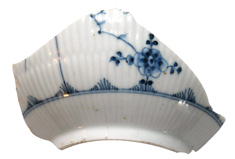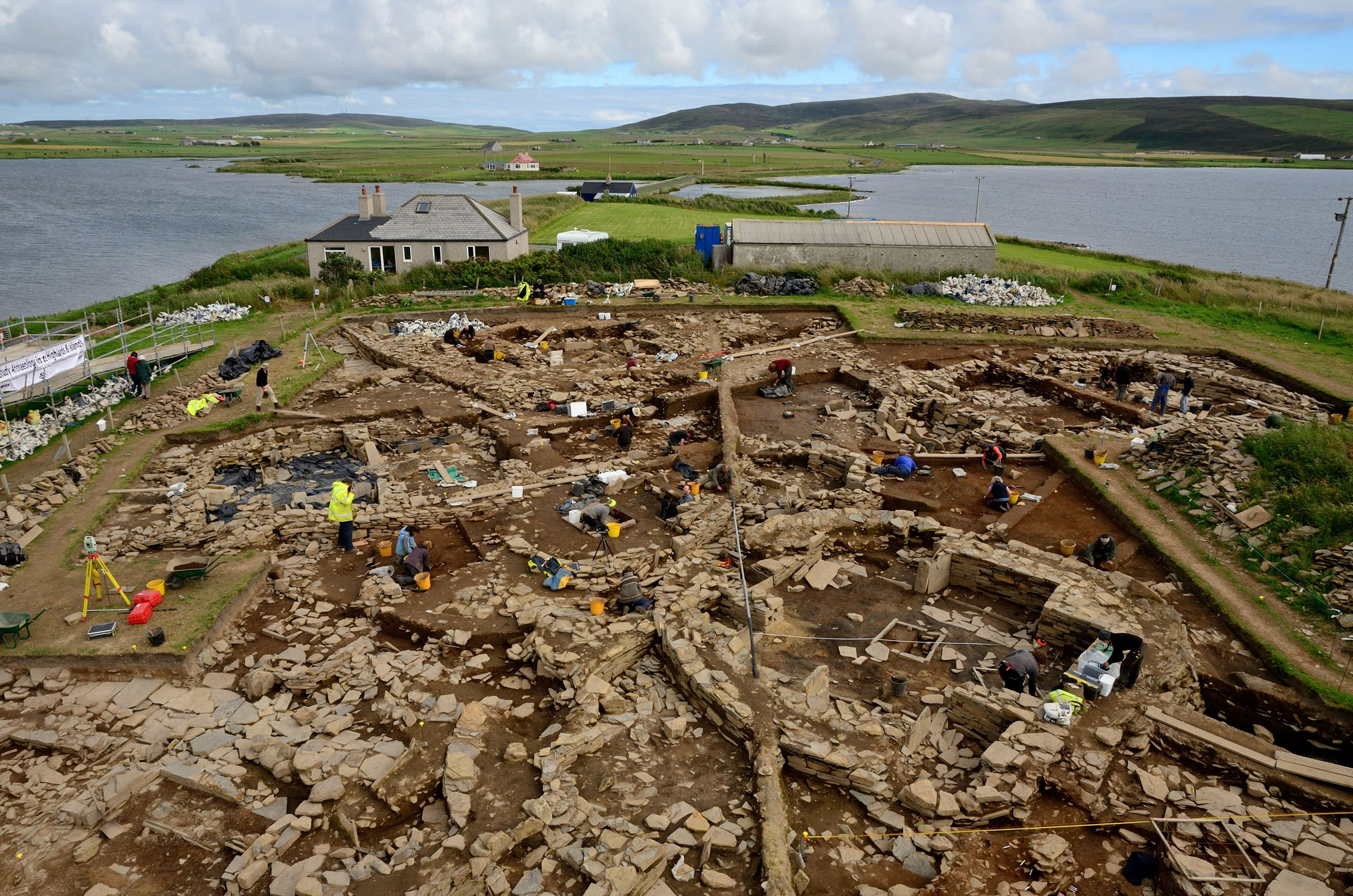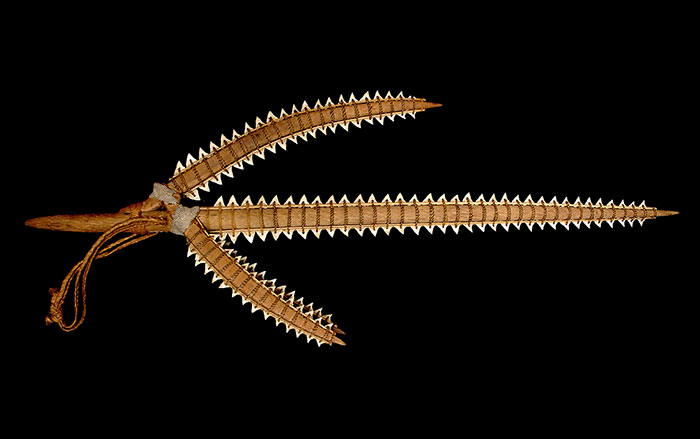
Saint Thomas has its share of delights—beaches, food, snorkeling—but it is also home to the only urban archaeological dig in the Caribbean. The Magens Site is a house compound in the Kongens Quarter of Charlotte Amalie, the capital and largest city in the U.S. Virgin Islands. The walled compound dates to the early nineteenth century and rests among other historic properties in the area known as Blackbeard’s Hill. In the 1820s, the site was home to Major Joachim Melchior Magens II, a Danish colonial official, and his children and other relatives. Douglas V. Armstrong, an archaeologist from Syracuse University, is examining the material culture left by the Magens family and their tenants and servants for insight into life in a bustling Caribbean port town. “Because the compound was completely intact and so little of it had been altered since the nineteenth century, it is an excellent site for archaeological investigation,” Armstrong says.
The site
Spread across 23 terraces, the Magens property consists of several historic buildings, including the kitchen, tenant quarters, slave/servant quarters, and two houses occupied by clerks and managers, as well as the ruins of the Magens House, where Magens and his family lived. The house is, in fact, the only building from the complex that is no longer intact—it was destroyed by Hurricane Marilyn in 1995. (Plans are underway to rebuild the house based on archaeological evidence.) The Magens compound and the harbor can be viewed from an overlook down the hill from Skytsborg Tower (popularly known as Blackbeard’s Castle).

The property’s current owner, Michael Ball, has restored many of the nineteenth-century buildings and offers heritage tours. In 2007, Armstrong and his team began their excavations, which revealed a diverse community and a complex port economy. Artifacts include everything from high-status items, such as Danish porcelain, to a range of local and regionally produced earthenware and Moravian ware pottery used by the servants. The laborers also operated their own cottage industry producing bone buttons from animal ribs, and hundreds of bone button blanks have been recovered.
While you’re there
If you can peel yourself away from the beach, Saint Thomas is full of historic sights and wonderful shopping. Check out the 99 Steps, which were built in the mid-1700s, using ballast stones from Danish ships. Fun fact: There are actually 103 steps! Other sights include the historic synagogue of Beracha Veshalom Vegmiluth Hasidim. Built in 1796, it is the oldest synagogue in continuous use under the American flag—and it is probably the only one in the United States with a sand floor. French impressionist painter Camille Pissarro, who was born on Saint Thomas, and his father were members of its congregation. When you’re ready to take a break from sightseeing, the restaurants nestled in the city’s hillsides provide breathtaking views of the harbor at night.









